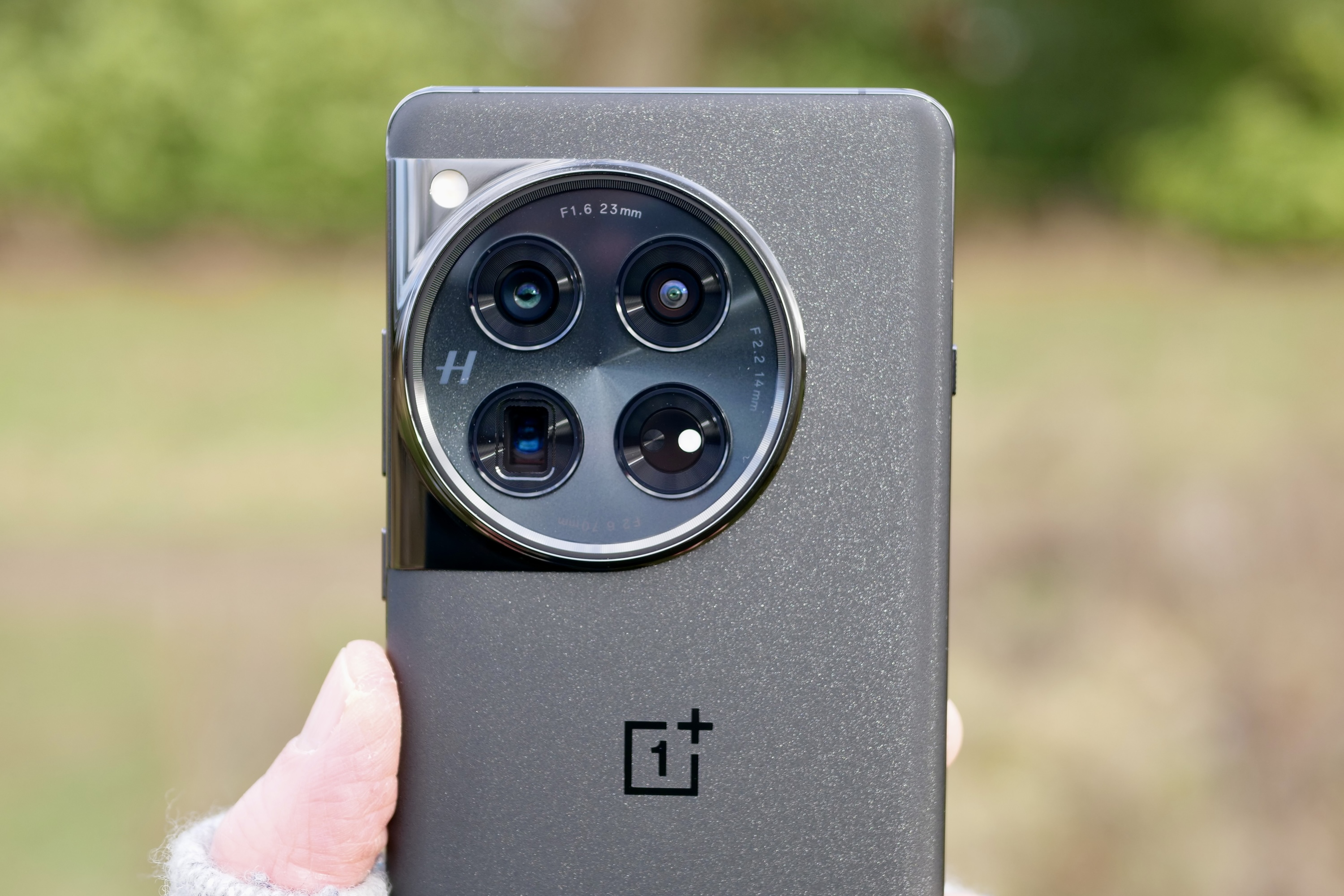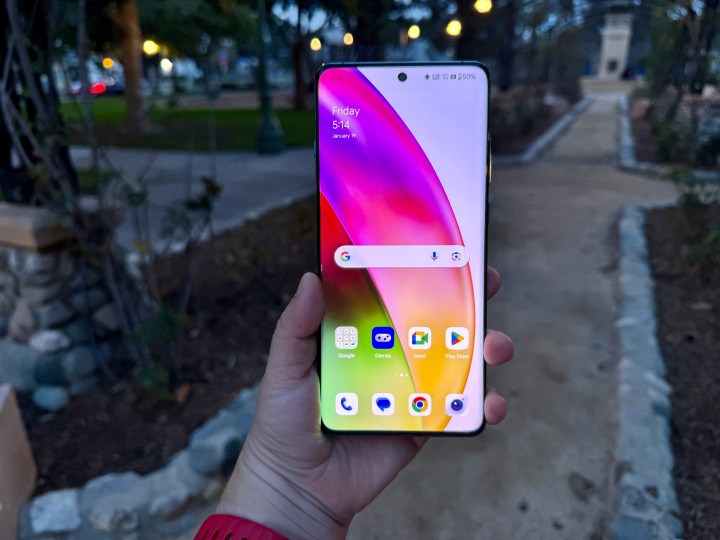
OnePlus isn’t a brand you would associate with cutting-edge innovations. That’s not necessarily a bad thing, especially when you are offering phones with top-tier hardware at an asking price that boosts buyer enthusiasm. The OnePlus 12, priced at $799, is no exception.
In fact, some of its niceties put far pricier phones to shame. High-end display tech, attention to design, uncompromising silicon power, and crazy-fast charging are some virtues of this phone. But what it doesn’t gloat about is AI. Samsung, on the other hand, barely ever stops promoting AI on the Galaxy S24 phones. Why, though?
Ever since Qualcomm introduced its latest flagship — the Snapdragon 8 Gen 3 — and squarely focused on its generative AI tricks, all eyes have been on phones to make the best of it. It’s the dawn of the AI phone, some have said. The OnePlus 12 defied all those expectations. So did a few other phones based on Qualcomm’s latest mobile processor – except Samsung.
Why did OnePlus skip the AI flood?

I was somewhat confused at the sheer lack of AI and all the brouhaha around its “game-changing” and “life-altering” perks during the OnePlus 12’s launch event. The flashy product pages are also silent on the boons of AI. Digital Trends’ review of the phone, which says it offers the most value from a flagship phone right now, is also devoid of AI commentary.
It seems Samsung might have the answer, even though neither Samsung nor Qualcomm have yet to respond to our long list of AI-on-phones questions. You see, Samsung wowed us with AI features such as on-device, real-time in-call translation, magical photo edits, and AI nirvana for notes.

What Samsung didn’t say out loud is that some of these AI features are going to cost. Eventually. Which of them, how much, and who’s the fee collector here — these are answers we don’t have yet. What we do know is that OnePlus avoided these shenanigans and served a no-holds-barred phone.
It’s phone that does its usual smartphone things, like calling, playing games, taking photos, and talking to eerily sentimental AI bots quite well. So, how did OnePlus avoid offering on-device features if they are baked at the heart of Qualcomm’s latest chip? Once again, we don’t know the answers, but the laundry list of AI features is exhaustive and might give you some FOMO.
Is it because Qualcomm sold OnePlus a batch of Snapdragon 8 Gen 3 processors that had their generative AI tricks nerfed in exchange for a lower price? Or, did OnePlus deliberately avoid any AI features because that would entail its own set of software optimization, which is both resource- and cost-intensive?
The latter seems plausible, as OnePlus is already operating on thinner margins after cramming all that hardware inside a $800 package — one that puts far pricier phones to shame. Another possibility is that OnePlus skipped partnering with AI labs as licensing their tech, such as Stable Diffusion for image generation or language models from the likes of Meta or Google, would entail a licensing fee. Or maybe, it’s related to cloud costs?
I would also like to point out here that even with a “Snapdragon 8 Gen 3 for Galaxy” distinction under its belt, the Galaxy S24 doesn’t offer all the features that Qualcomm has demoed and promised. Text-to-image generation in less than a second? Absent. Generative AI backgrounds for video? Missing.
It’s a good strategy … for now

What we do know is that these AI features come with their own financial burden, one that many brands won’t want to absorb. Alternatively, they would simply hawk them and eventually ask the buyer to pay a subscription fee. Samsung appears to have taken the latter route and will soon have buyers coughing up a Galaxy AI fee.
OnePlus has avoided all that drama. Instead, as OnePlus President Kinder Liu told me, the company focused on achieving a balance of performance, design, and efficiency more than anything. The results speak for themselves, with or without AI.
If you’re someone who has already imagined how the Galaxy AI features are going to change your life in meaningful ways, the Galaxy S24 series or the Pixel 8 duo should be your only choice. But if you, like me and a whole bunch of other shoppers, are only chasing a trusty phone that is fast, flashy, and fulfilling, then the OnePlus 12 will deliver just that — without any AI caveats attached.
Of course, the approach works. But if you look beyond clouds of overenthusiastic generative AI evangelism and nuclear hype-building, you will find tiny slivers of practicality. Like AI automatically summarizing my notes. Or a recorder app transcribing and sorting my audio lectures. These are features that you would stumble across in your day-to-day life.
That’s a zone where OnePlus would want to focus a bit on AI wizardry in the near future. For now, watching how the competition shapes up and then executing its prioritized targets would be the sane choice. Otherwise, there are always apps, some ad-ridden Telegram bot, Discord channels, or good ol’ ChatGPT that will fulfill some of those chores for you. Right on your OnePlus 12.
Editors' Recommendations
- I compared Google and Samsung’s AI photo-editing tools. It’s not even close
- The OnePlus 12R is still one of 2024’s best smartphone deals
- Every Android tablet we’re expecting in 2024
- I did a OnePlus 12 vs. OnePlus 12R camera test, and there’s a big difference
- The OnePlus 12 is the OnePlus phone I’ve been waiting for



